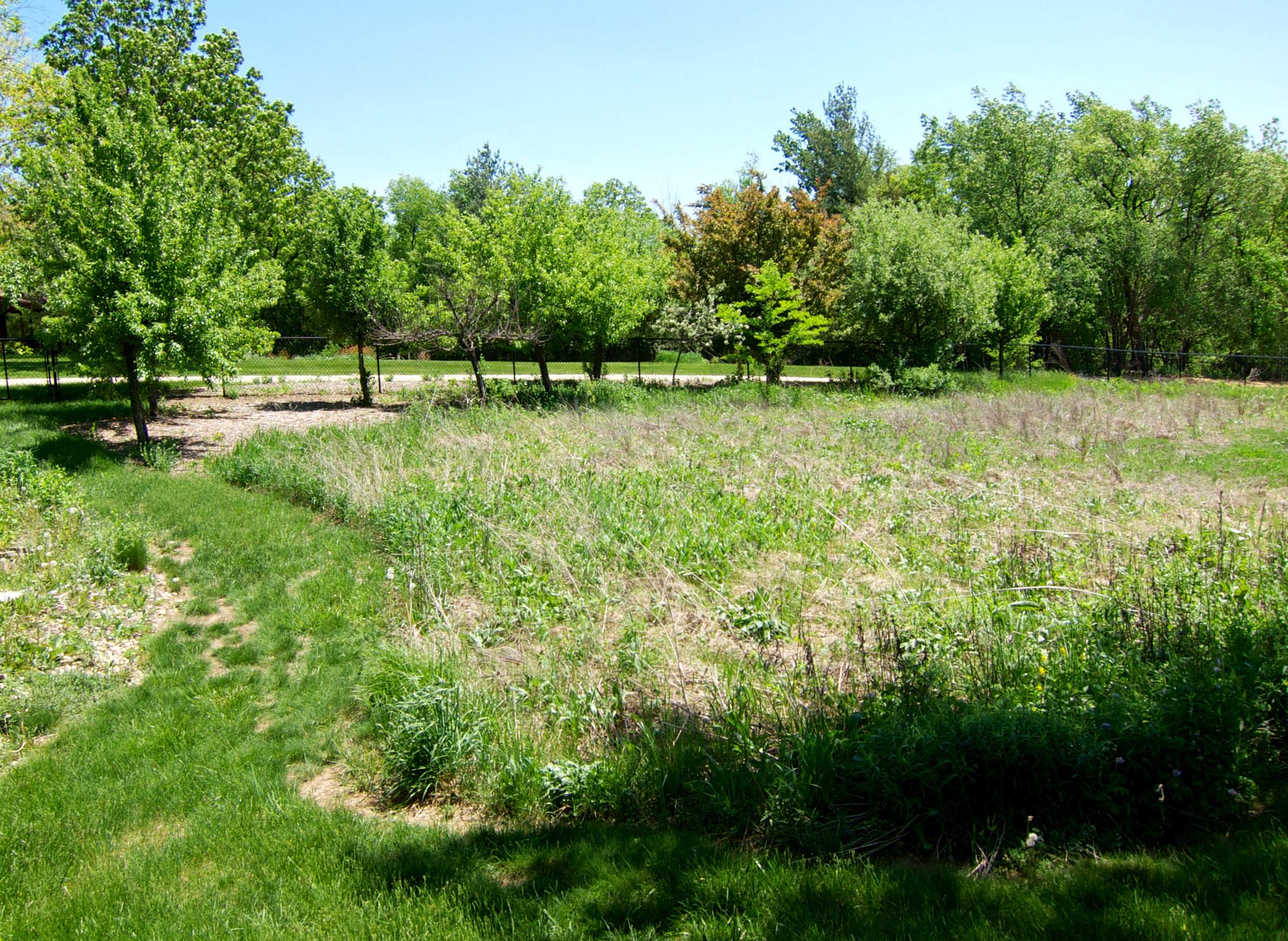
Fall Is The Time To Start Planting A Native Prairie Plot

Fall is a good time of year to seed a native prairie mix for a yard or empty plot.
The seeds of a variety of North American prairie wildflowers have a built-in dormancy mechanism that prevents them from germinating until favorable weather conditions are present. Overwintering these seeds helps overcome this dormancy and induce better germination the following spring.
To break internal dormancy, prairie grass seeds are subjected a process called stratification, in which they are exposed to either cold dry or cold moist conditions for a period of time ranging from 10 days to three months, depending on the species. Many prairie grass seeds are stratified at cold dry conditions and are best seeded in spring, so some grasses planted in fall may germinate at lower rates when warm weather returns. On the other hand, wildflower seeds need a cold moist stratification process, though, and are better positioned to germinate if they are seeded in autumn to take advantage of Wisconsin's winter conditions.
In terms of timing, for a typical prairie mix that has a combination of 40-50 percent grasses and 50-60 percent wildflowers, it's best to seed from September until the ground freezes.
Careful consideration should be given to site selection before seeding a native prairie mix. A large open location with good drainage is ideal, while tightly spaced areas or sites that are prone to heavy foot traffic should be avoided.
Many companies that sell prairie seeds customize their mixes to fit wet and dry conditions, as well as areas with partial shade and full sun exposure, so it's best to select an appropriate seed mix that is adapted to the given soil and location.
For direct seeding on smaller plots that are less than a quarter acre in area, the soil should be tilled and organic matter like compost incorporated to a depth of 2-3 inches if it's highly compacted. The soil should be raked, the bed evenly leveled, and any large clods and stones removed just prior to seeding.
Scattering by hand is a simple way to spread seed and works best for small sites. Adding clean seeds with likewise clean, moist sawdust or dry sand at a 1-to-4 ratio and spreading this mixture by making two passes at a right angle to each other will maintain an even distribution. Spreading should be avoided on windy days.
To ensure appropriate seed-to-soil contact, the seeds should be lightly raked back into the soil to a depth an eighth of an inch to one-quarter inch. The soil should subsequently be gently tamped with feet or a lawn roller to firm the bed. Mulching the seeded area with weed-free straw to a depth of a half inch to one inch will conserve soil moisture and prevent erosion.
Good weed control is critical for successful establishment of native prairies. Ideally, these measures should be implemented early in the growing season. Non-selective herbicides like glyphosate can be used to control weeds, and dead plants should be removed a couple of weeks after application. Repeated applications may be needed. Alternatively, a thick piece of carpet or cardboard can be placed over the selected site and left for a full growing season.
Controlling weeds during the first two years of germination and establishment is a daunting task, as it is tough to differentiate between weeds and prairie seedlings. Plus, any hand pulling of weeds in a seeded area can also disturb the prairie seeds and seedlings.
To control weed growth during the first year, weeds should be cut back to a height of 6 inches every month during the growing season using a weed trimmer. This practice will not affect prairie seedlings as they are slow-growing and rarely surpass six inches during their first year.
During the second year, the prairie grass should be mowed to a height of 6-8 inches in late spring when weeds start to grow, and the clippings should be removed. If weed pressure is too high, the prairie can be mowed again in mid to late June to a height of 8-12 inches. In successive years, additional seeding may be helpful to maintain the right proportion of species diversity in the bed.
Native prairie plots take about two to three years to establish, and they typically start blooming by the third year.
Vijai Pandian is a horticultural agent and educator for the University of Wisconsin-Extension Brown County. This article is adapted from an item originally published by the Green Bay Press Gazette.



